Once you have defined what success looks like, to measure success, you need to ask: How will I know if I achieved my goal? What will tell me that? Here are a few things to keep in mind:
1. Data availability. Can you easily get the data to give a timely measurement?
2. Causation. Is what you are measuring directly tied to the causation of success? In other words, does what you measure matter?
If the data is hard to get and the causation is tenuous, you are probably better served by narrowing the goal to make it more tangible. This can cause a lot of pain, especially if your organization is used to a particular way of operating. You might have longstanding traditions and projects and operations that are important to your team. Lots of time, effort and emotion invested. But ask yourself the difficult question: Can I prove any of this works? What tangible result do you have that the things you do are helping with your goals? I don’t recommend throwing longstanding operations out the window; just be curious and willing to ask the question. As your organization gets more into the metrics mindset, you’ll be better equipped to answer these questions and evolve your operation accordingly.



